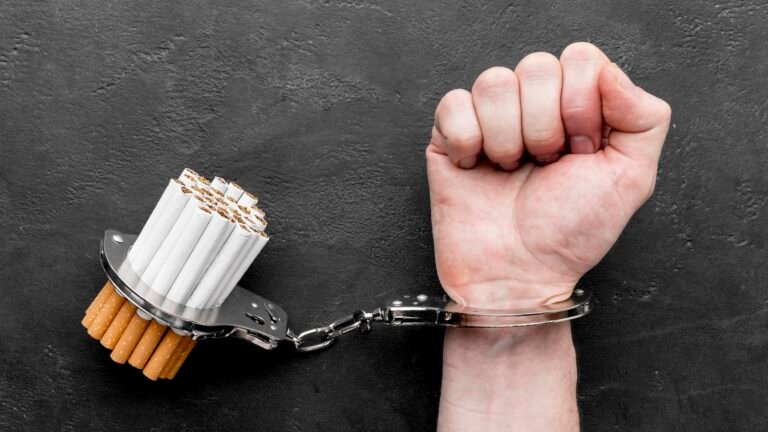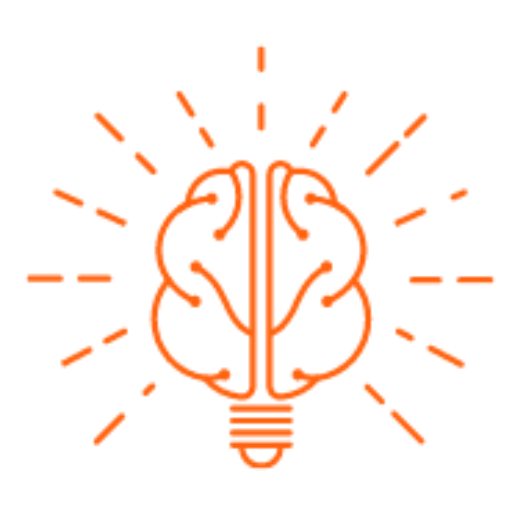Addiction
Addiction is a condition that causes someone to seek and use a harmful substance or drug constantly. They continue to pursue these harmful behaviors despite knowing the consequences and seeing how they affect those around them.

Understanding Addiction
One of the most significant risks of substance abuse is that it often results in drug addiction. Despite affecting millions of Americans each year, this disease is often misunderstood.
Let’s look at drug addiction and how it can be treated.
What is Addiction?
Addiction is a brain disease characterized by repeated, compulsive behavior to continue a particular behavior.
For a person to be considered addicted to drugs, three things need to be present:
- A strong compulsion to continue using a drug
- An inability to limit how much of a drug is used; and
- A sense of anxiety if access to a drug is blocked.
Drug addiction is life-threatening due to drugs’ impact on the body.
Long-term use can result in significant health problems and permanent physical damage to the body, including death by overdose.
If you or a loved one is struggling with drug addiction, many treatment programs are available to help you get your life back on track before it’s too late.
How Addiction Happens in the Brain
Drug addiction can happen due to one of two behaviors:
- Excitement. The user takes a drug because it gives them a rush; they are excited to use it in the future and look forward to it.
- Avoidance. The user takes the drug because it makes them stop feeling a certain way (sad, anxious, etc.); the user takes the drug in the future to numb negative sensations.
In both scenarios, the drug user can get stuck in a cycle of drug abuse, resulting in addiction. This is also known as substance use disorder (SUD).
The drug user may eventually need more of the drug to feel the same effects and begin to experience intense cravings for the drug. The drug user may also continue using the drug to avoid unpleasant withdrawal symptoms. All of these effects are signs of dependence.
Addiction VS Dependence
Addiction and dependence are different, but these issues often go hand-in-hand.
Let’s examine the difference between addiction and dependence:
Drug Addiction
- Compulsive use of a drug in a cyclical pattern despite consequences
- The user’s need for the drug begins to negatively impact social commitments such as work, school, or family
- The user continues drug-seeking behaviors and will seek out the drug by any means necessary
Drug Dependence
- Developed tolerance to a drug and its effects
- The user needs more of the drug to achieve the same effect as before
- The user may now only take the drug to avoid the adverse side effects of withdrawal
Drug dependence will often lead to addiction, but one can also be dependent upon a drug without being addicted. Dependence relates to how the drug interacts with the user’s body, whereas addiction relates to how the user’s need for the drug begins to impact the user’s decision-making and day-to-day life.
Both drug addiction and dependence can harm the user’s physical and mental health. Numerous side effects can occur depending on the drug being abused, and risk factors vary from person to person depending on individual use factors.
Thankfully, treatment approaches for both dependence and addiction often go hand-in-hand.
“A common misperception is that addiction is a choice or moral problem, and all you have to do is stop. But nothing could be further from the truth.”
Drug Addiction Statistics
According to the National Survey of Substance Abuse Treatment Services by the Substance Abuse and Mental Health Services Administration (SAMHSA), more than 1.4 million Americans sought treatment for drug addiction in 2019.
Who Does Addiction Affect?
Drug addiction can happen to anyone.
Not all first-time users will become addicted to a substance, and health professionals continue researching why this is the case. So far, research indicates that many factors are involved in addiction—from a person’s unique brain chemistry to environmental factors that impact the user. There is a positive correlation between illegal drug use (which includes both illicit drug use and prescription drug abuse) and marginalized individuals who may have had more struggles than others throughout their lives.
According to SAMHSA, the largest age group that sought treatment for drug addiction in 2018 was between the ages of 26 and 35. Of the two million drug users who sought treatment that year, 64% were men and 35.9% were women.
The National Institute on Drug Abuse (NIDA) aims to predict the future of drug addiction by watching trends in drug use amongst young people. They report the following statistics:
- Lifetime drug use for 8th graders has steadily increased from 2017 to 2020.
- Lifetime drug use for 10th and 12 graders has not changed dramatically between 2017 and 2020.
- Alcohol use for all groups (8th, 10th, and 12th grades) reached an all-time high in 2020.
- For college-aged students, marijuana use reached an all-time high in 2020.
- While the first-time vaping spike has decreased, teen vape use remains steady.
As for overdose, over 70,000 people in the US died in 2019 from drug-related overdoses. While that is certainly not a small number, the data shows that many more people seek treatment than die yearly due to addiction. The goal of our site is to help guide you toward that same recovery scenario.
Different Types of Drug Addiction
A person can become addicted to illicit or prescription drugs, but treatment for drug addiction will be relatively similar for both drug types. While drug abuse exists for both types of drugs, there are notable trends among both.
The most commonly abused prescription drugs are painkillers, depressants, and stimulants, which include:
- Opioids
- Benzodiazepines
- Amphetamines (such as ADHD medication)
On the other hand, the most commonly abused illicit drugs are:
- Cannabis (though now legal in some states)
- Heroin
- Methamphetamine (or Crystal Meth)
Alcohol and nicotine are among the most addictive drugs, but they are neither prescription nor illegal to consume unless the user is underage.
 Call us:(+233) 0531380360
Call us:(+233) 0531380360  Email
Email 
